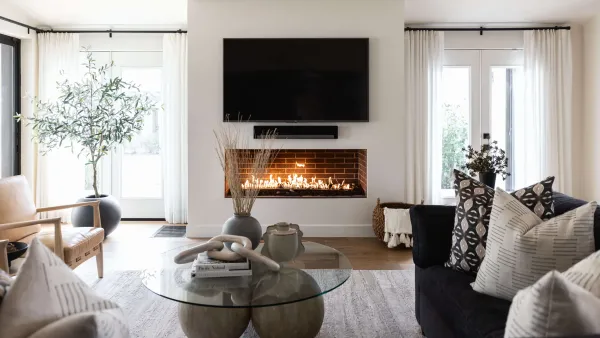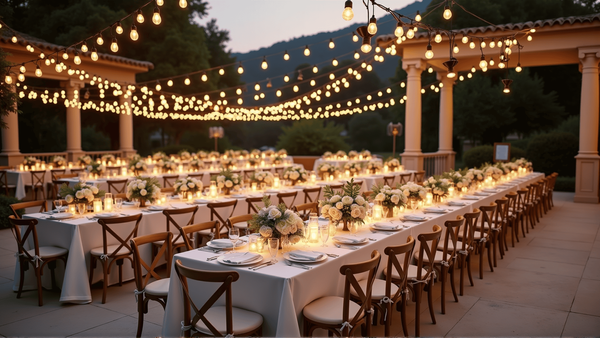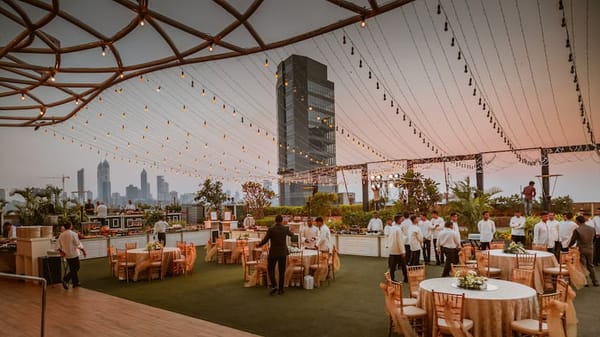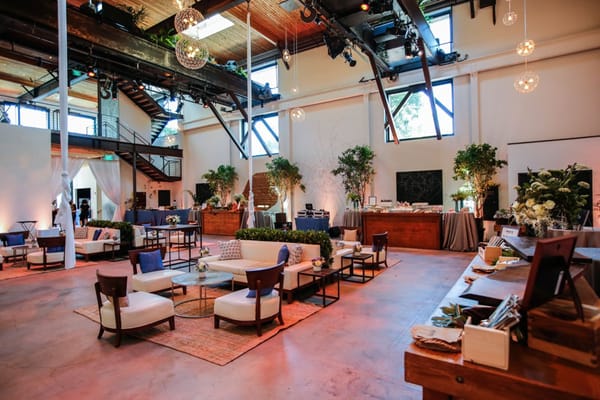How to Choose the Best Menu for Your Venue
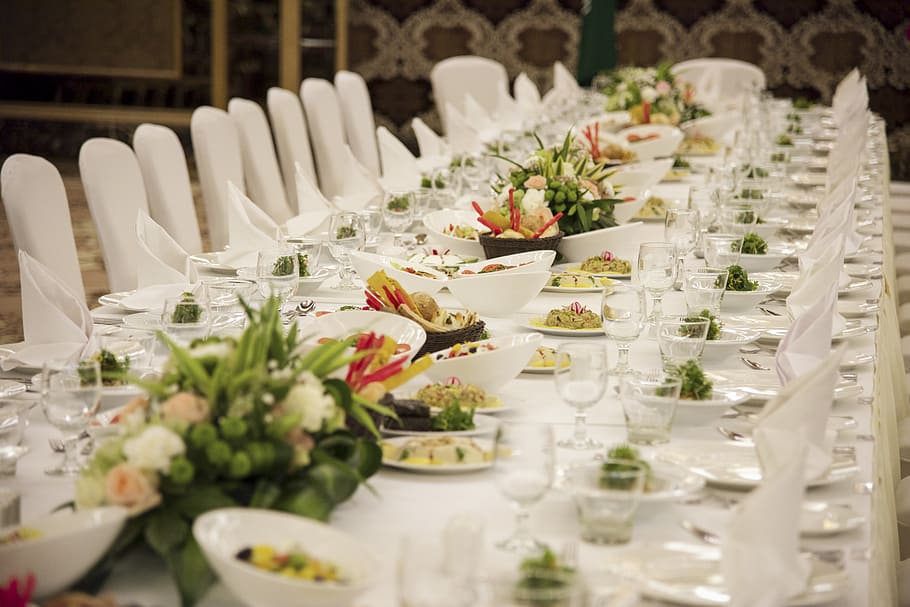
When planning any event, whether it's a wedding, corporate retreat, or birthday celebration, one of the most impactful decisions you'll make is choosing the right menu. The food you serve isn’t just nourishment. It’s part of the experience, and in many cases, it defines how your guests remember your venue.
In this guide, we’ll walk through key factors to help you select a menu that fits your space, reflects your brand, and keeps your guests coming back.
Know Your Audience
Before choosing a menu, it’s important to understand who you're serving. The preferences of a wedding party will differ significantly from those of a corporate team-building event or an outdoor birthday brunch.
Ask yourself:
- Is this a formal or casual event?
- Are there dietary restrictions to consider (vegan, gluten-free, kosher)?
- Are children or elderly guests attending?
Tailoring your menu to your audience helps create a personalized and inclusive experience that adds value to your venue. In the case of outdoor weddings, for example, a lighter, seasonal menu can enhance the ambiance. You can find ideas on how to complement this setup in our guide on how to decorate your rustic outdoor wedding.
Match the Menu to the Venue Style
Your menu should reflect the vibe of your space. Whether your venue is modern and industrial or cozy and rustic, the food should feel cohesive with the environment.
Examples:
- Rustic venues: grilled vegetables, artisanal breads, hearty meats.
- Urban rooftops: tapas-style plates, gourmet sliders, fusion bites.
- Beachfront spaces: seafood, tropical fruits, light cocktails.
If you're hosting events that emphasize simplicity and budget-friendly aesthetics, you might want to align your offerings with that theme. See our article on planning a budget-friendly and simple outdoor wedding for ideas that tie together design and menu decisions.
Choose the Right Service Style
How food is served can be just as important as what’s on the plate. The three most common service styles are:
- Plated: ideal for formal affairs, offering a seated experience and portion control.
- Buffet: great for large or casual groups, offering flexibility and choice.
- Family-style: encourages interaction and a communal feel, perfect for weddings or intimate events.
Each style has pros and cons depending on the size of the guest list and the flow of the venue space. Make sure your catering partner can adapt to your event logistics.
Highlight Seasonal and Local Ingredients
Menus that use seasonal and locally sourced ingredients not only taste better but also:
- Reduce environmental impact
- Support local farmers and producers
- Often lower costs, especially in bulk
For example, a spring wedding might feature fresh herbs, asparagus, and edible flowers, while a fall corporate dinner could include roasted root vegetables and warm spices. This approach also allows you to rotate your offerings and keep them fresh for returning clients.
Offer Customization Options
Today’s event clients love personalization. Offering custom menus or optional add-ons like signature cocktails, themed desserts, or late-night snacks can:
- Set your venue apart
- Increase package value
- Enhance guest experience
Make sure your staff or catering partners are equipped to deliver flexibility without compromising quality.
Final Thoughts for Venue Owners
A strong menu offering builds trust with potential clients and strengthens your brand. Keep these tips in mind:
- Conduct regular tastings with your team
- Listen to client feedback and evolve your options
- Keep your menus updated seasonally to reflect trends and ingredient availability
Ultimately, the best menus tell a story that aligns with your space, your style, and your audience.
